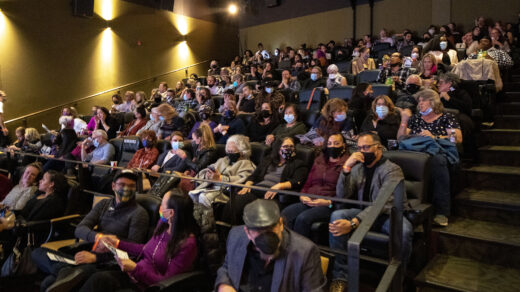The Film Industry in the 1950s: A Time of Change
The 1950s was a decade of change for the film industry. The introduction of television changed how people consumed entertainment and forced studios to adapt to new technologies and methods of storytelling.
As a result of the introduction of television, studios, and companies sought to put audiences back in theaters. They used more techniques in presenting their films through widescreen and big-approach methods, such as Cinemascope, VistaVision, and Cinerama, as well as gimmicks like 3-D film. These techniques were designed to make movies more immersive and exciting for audiences.
However, the movie industry in the 1950s was under attack by a new foe: television. Home theater systems kept people in their homes and the cost of making a blockbuster movie rose sharply in the 1950s. The Hollywood film industry of 1950 was threatened on several different fronts. Television broadcasting was rapidly becoming the dominant entertainment medium in the United States.
The five “major” Hollywood studios (MGM, Paramount, Fox, Warners, and RKO) went through a difficult period in the late 1950s (1955 to 1959). These were large, well-established organizations with traditions of success. It was hard for them to change, but the new conditions of the period made change imperative4. The biggest problem facing the movie industry in the 1950s was television. As sales of TV sets increased, more and more Americans stayed at home—and away from cinemas. This was not the movie studio’s only problem, however. A 1948 Supreme Court ruling led to the major studios selling off all their theater holdings in 1951.
Despite these challenges, some of Hollywood’s most iconic films were made during this decade. Movies like “Singin’ in the Rain,” “The Searchers,” “Rebel Without a Cause,” and “Some Like It Hot” are still beloved by audiences today. The 1950s also saw the rise of science fiction films like “The Day the Earth Stood Still” and “Invasion of the Body Snatchers,” which reflected Cold War anxieties about nuclear war and communism.
The 1950s was a time of change for the film industry. The introduction of television changed how people consumed entertainment and forced studios to adapt to new technologies and methods of storytelling. While some studios struggled to adapt to these changes, others thrived and produced some of Hollywood’s most iconic films.


